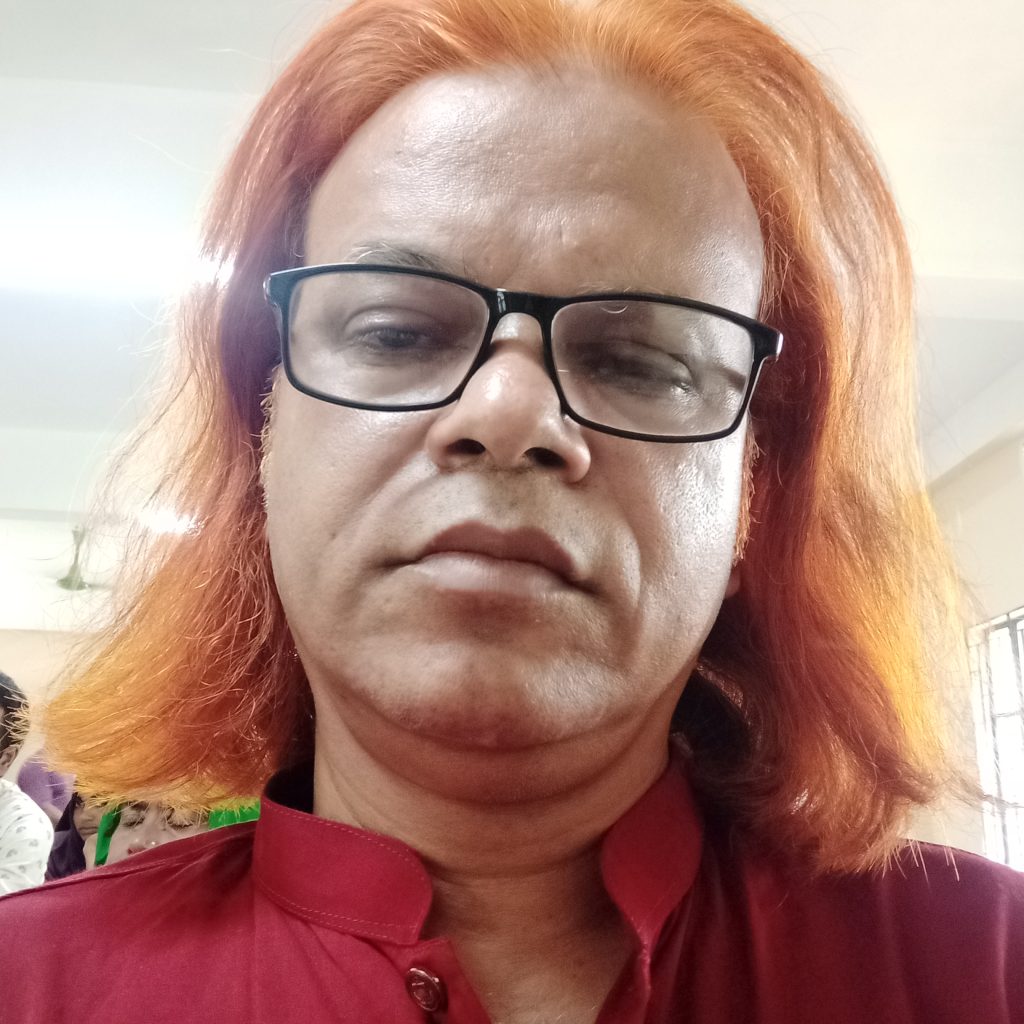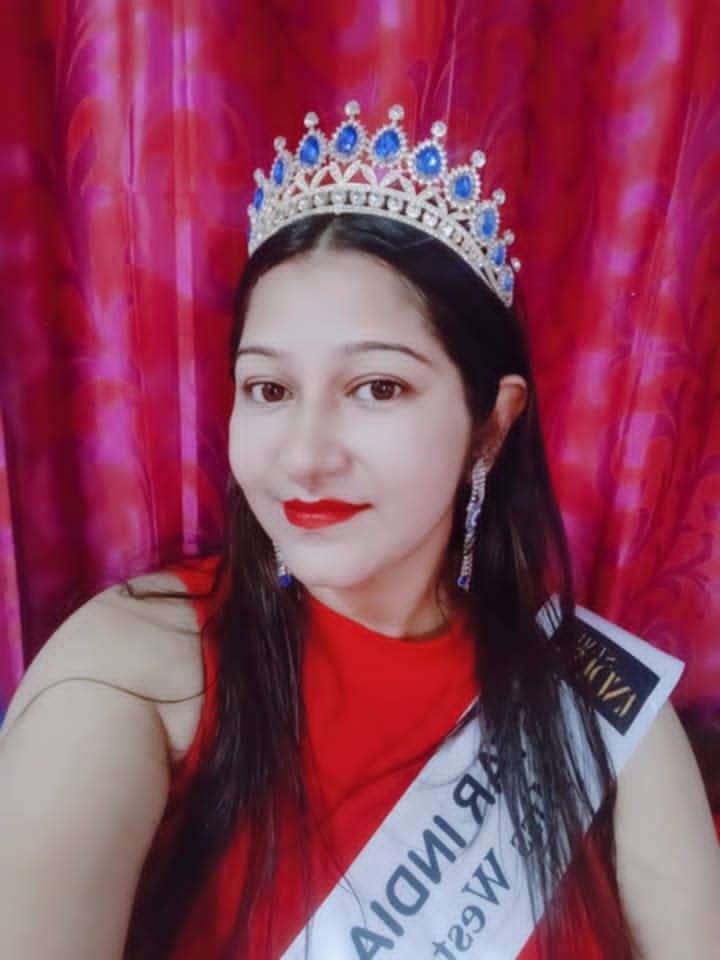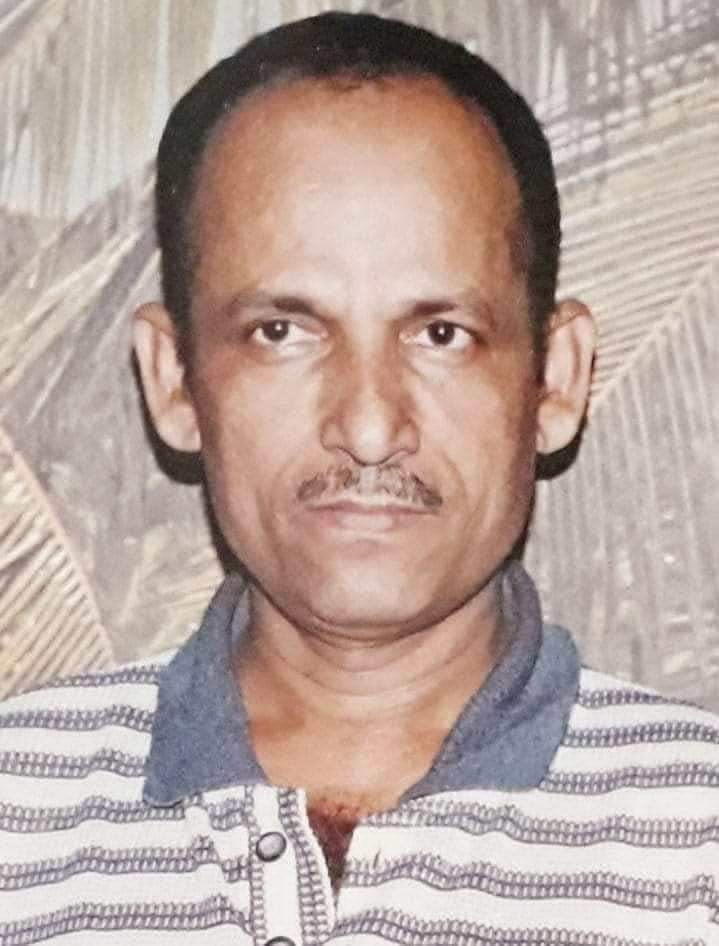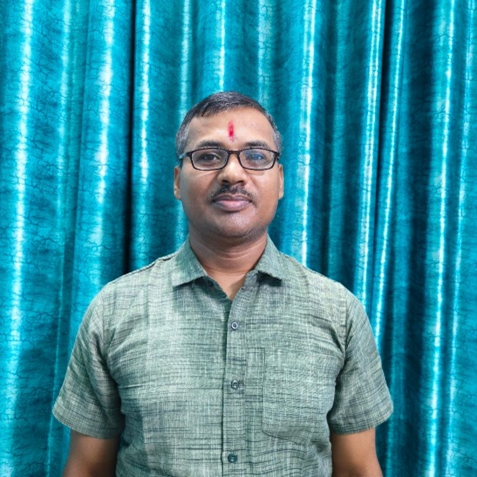
The Palanquin of Time
The palanquin of time floats in the childhood of the wind
Seasons change; nature gets drunk
Easy chair in flashback
The manuscript of a novel in the turbulent lens of the eyes
The pulse of life in the wings of a grasshopper
The sound of a woodpecker knocking
A sudden attempt to catch a fish stuck in a spear
The fury on the high branches of a guava tree
The poetry of a kite touching the sky with its beak
The youth of Mahananda in the heart
The name of a loved one written on a night Jasmine
Love soaked in dew on a winter morning
Competition to capture a single piece of morning sunlight
The polar star on the bamboo head.
Alone, smiling Suyorani, Duoyorani
A gathering of many reflections
The dusty shepherdess’ flute melody
The body of a poem that falls down laughing
The arrogant moon, awakened by the sound of laughter
The two sides of the path, covered in moss, are wild and dreamy.
The touch of the sky in the world of birds
Who writes love letters on the life line
Stealing words from the story of life
Saleh begins to listen to the silence of the world.
Walking along the winding path of childhood,
Satisfied dreams are woven throughout the feelings
Rainbows are woven into the body of time
The human tree absorbs the clear light of the water’s chest.





